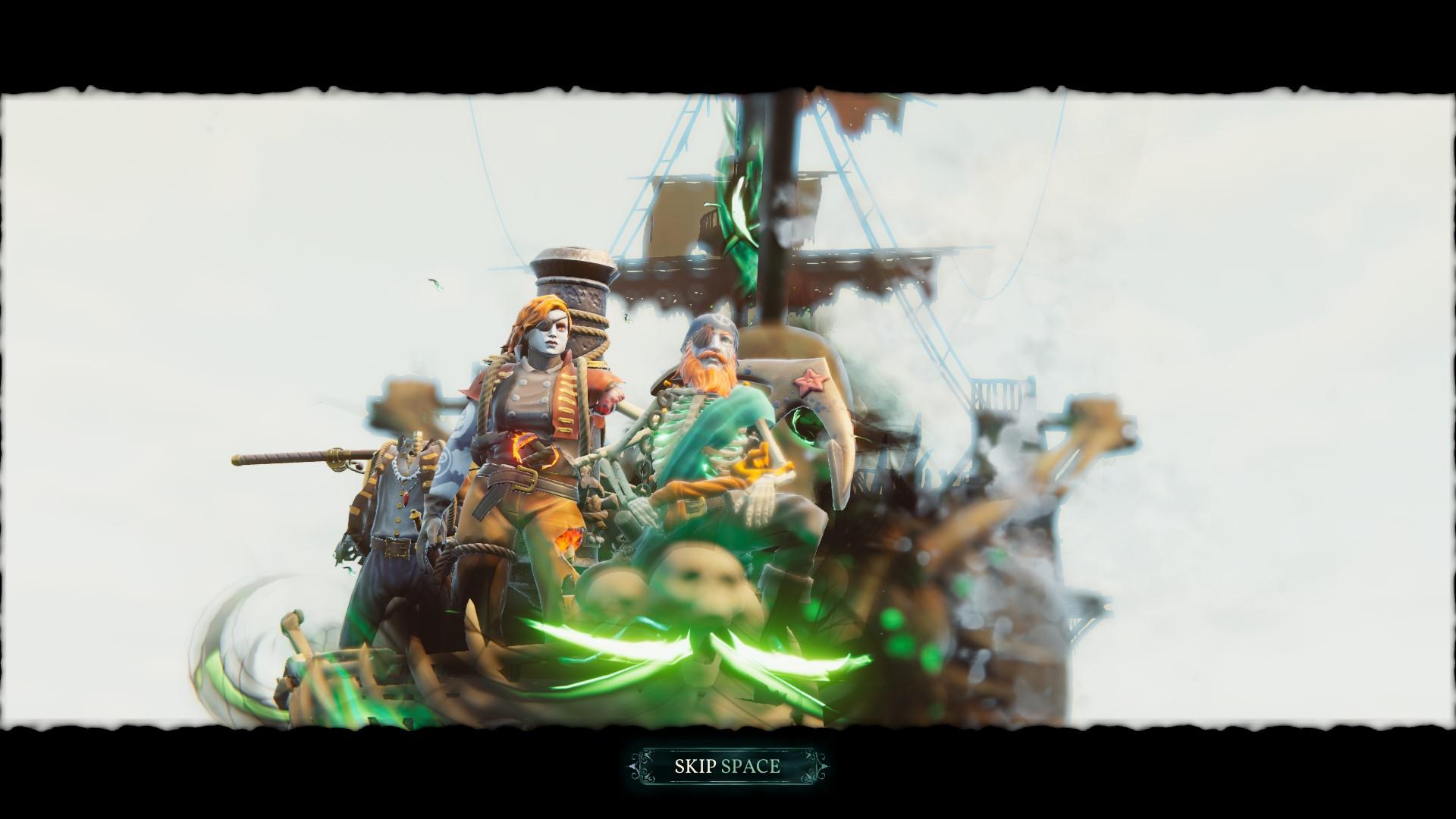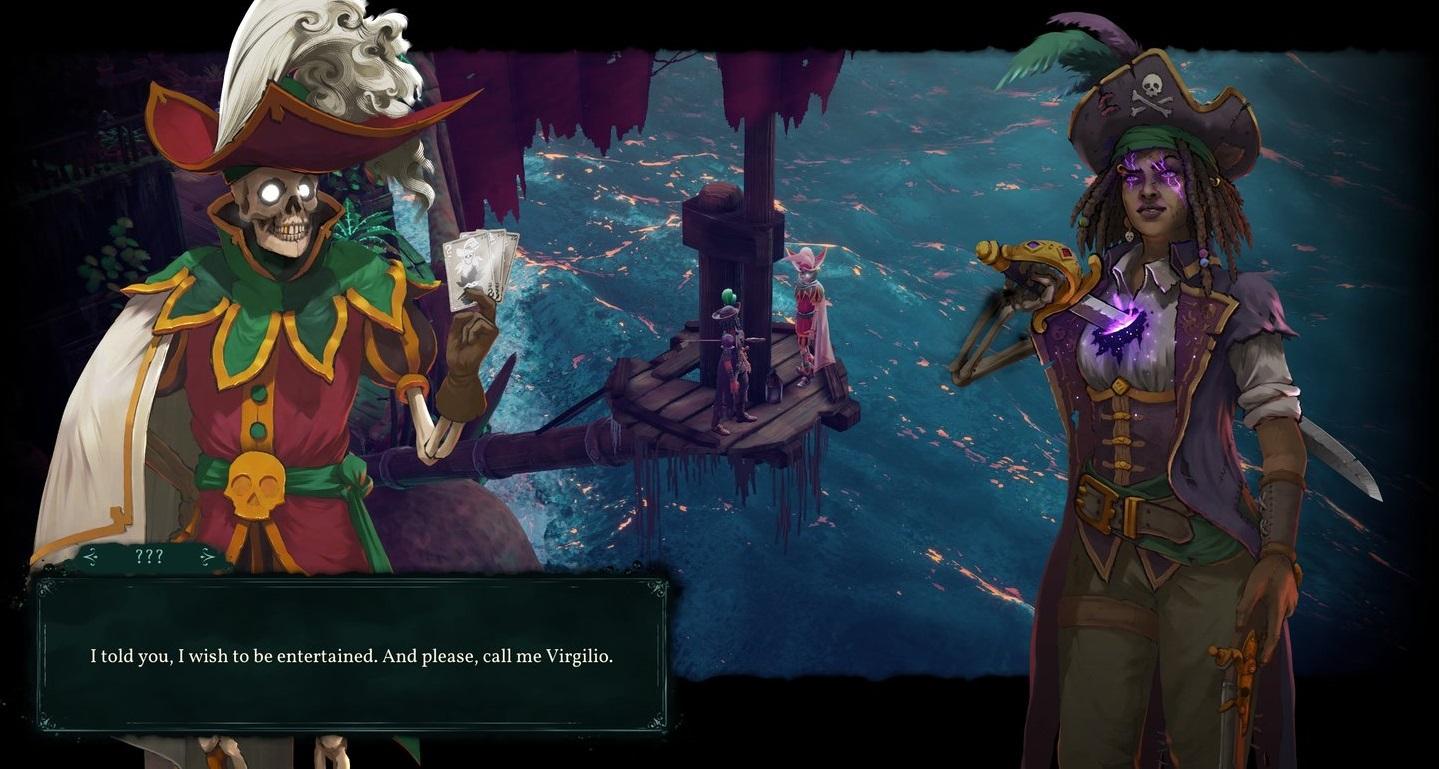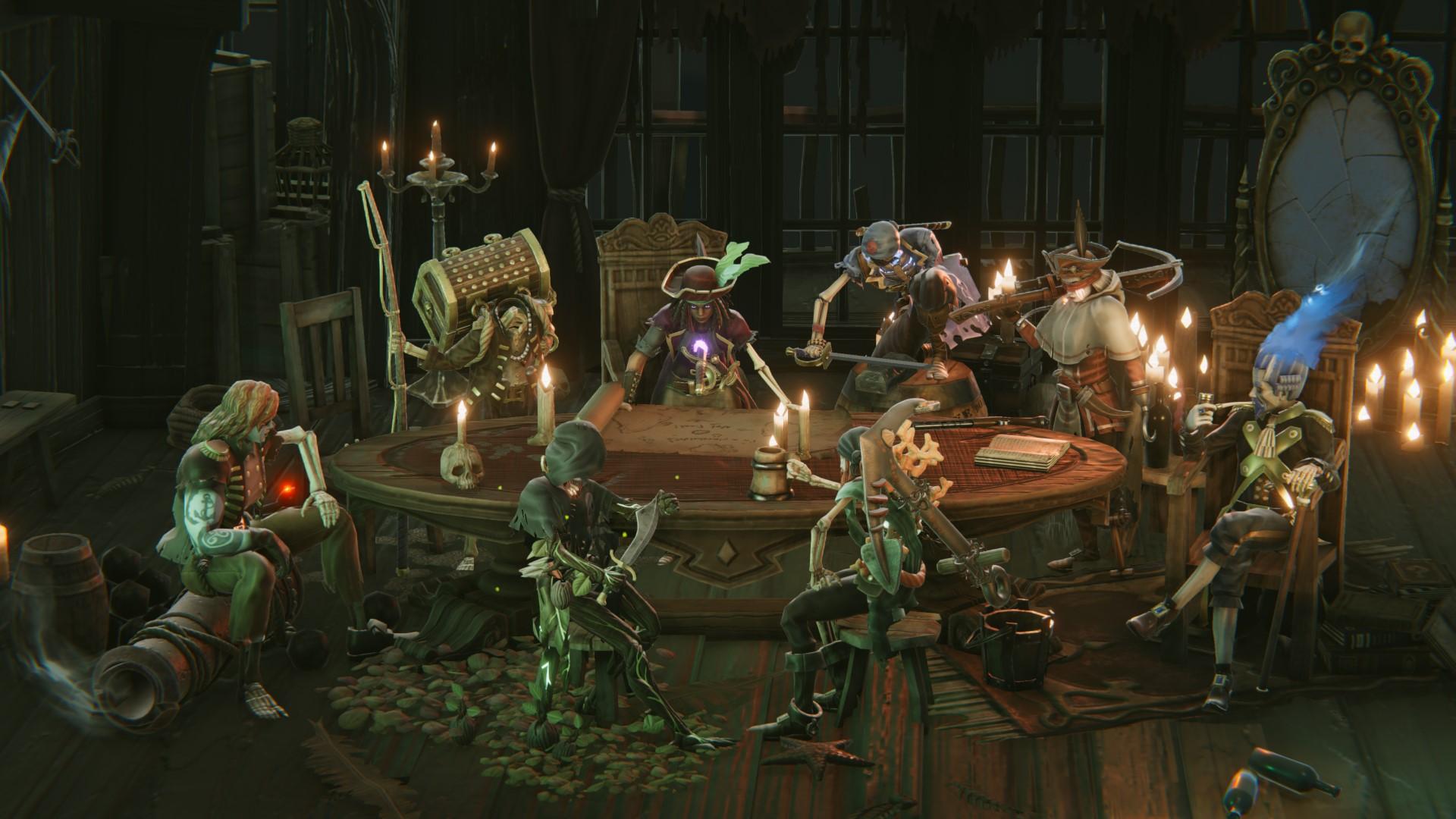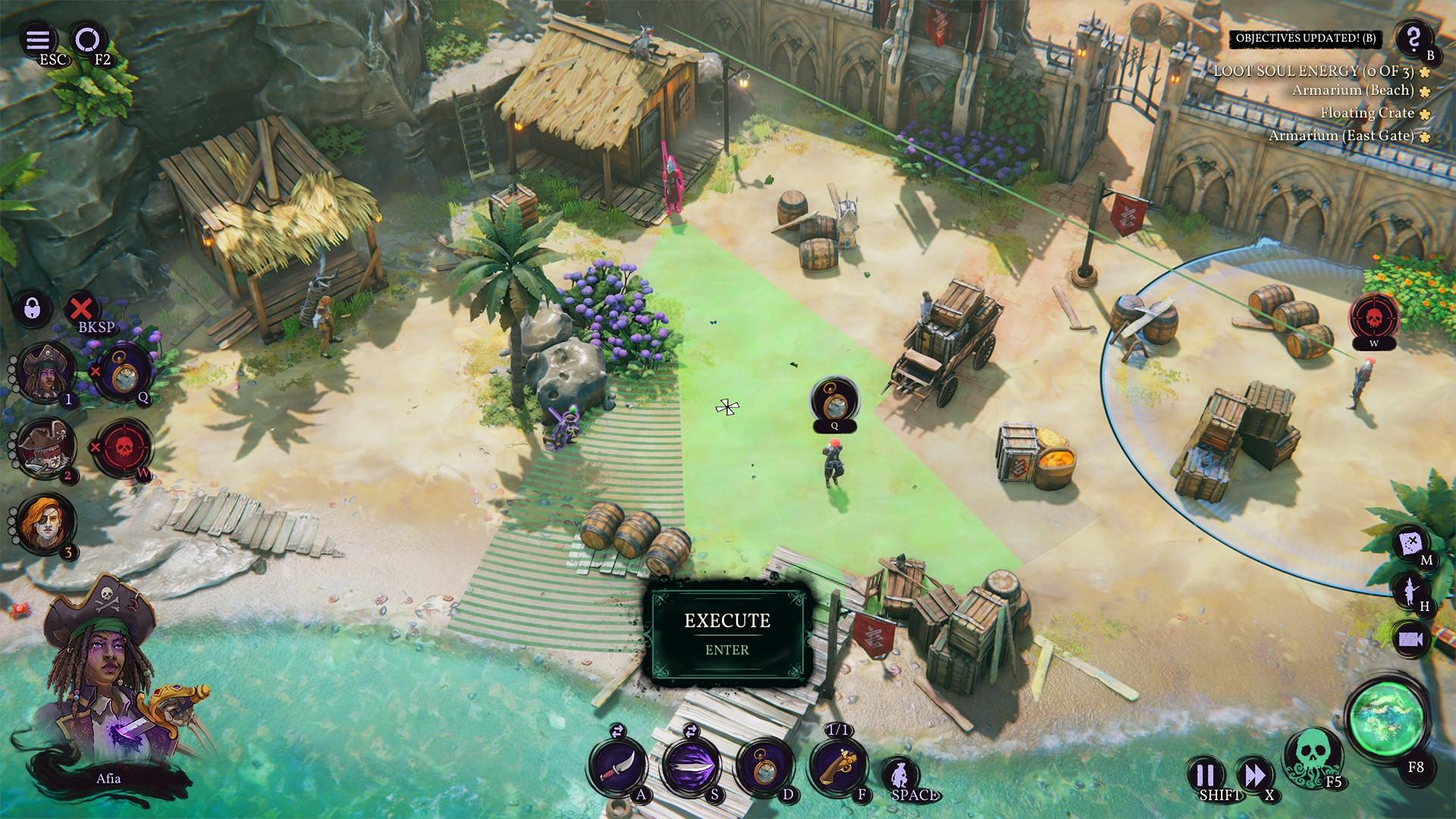‘Shadow Gambit’ Review: Excellent Stealth Strategy Dragged Down By Repetitive Systems
Published Aug. 16 2023, 9:00 a.m. ET

Enmeshed at the core of Calamity Reef, its lighthouse was no longer a guide for seafarers.
The once-shining beacon was in stasis, frozen at the peak of eruption — crackling with freakish green energies around its neck. At its spire was our objective: a Black Pearl.
The Inquisition was already here, stomping down sandy paths and investigating shipwrecks. Security was tight. But with my trio of accursed pirates, piercing through heavy patrols and swiping the prize from under their noses was not impossible — just a matter of planning and a hefty hand of time-rewinding retries.

Experimenting and failing before getting it right is the bread and butter of Shadow Gambit: The Cursed Crew. And as flavoring to the experience, the cursed pirates under your thumb add fun supernatural flair to how you can approach missions. Gameplay pirouettes between chaotic and methodical — full of open-ended playgrounds waiting for you to trailblaze through. Each return to a map is a chance to flex a new cheeky idea to outplay the previous you.
Shadow Gambit is mostly everything a fan of Mimimi Games’ past RTS games would love and gush about. Unfortunately, its overall design outside gameplay makes Shadow Gambit feel more repetitive and formulaic as the hours go on. Due to its hub-world-esque nature, you're going through the same motions regularly, bloating an otherwise phenomenal game from being the greatest it could be.
Shadow Gambit: The Cursed Crew
Our Rating
Shadow Gambit: The Cursed Crew has thrilling and outstanding missions bent on supernatural stealth and strategy, but its offerings in between gameplay can be tedious to trudge through.
Developer: Mimimi Games
Publisher: Mimimi Games
Platforms: PC, PS5, Xbox Series X/S
Release Date: August 17, 2023
Stepping away from grounded settings, Mimimi Games spreads its wings into the arcane with Shadow Gambit, dropping players in an alternate timeline of the Golden Age of Piracy. During this era, the Lost Caribbean is home to many bizarre supernatural afflictions — islands monitored by the holy Inquisition of the Burning Maiden army.
Players will travel this archipelago from the perspective of Afia, a cursed Jamaican pirate with a cutlass in her chest, searching for Captain Mordechai’s treasure. At your heels will be the Inquisition, but due to Afia’s partnership with the ghost ship Red Marley and her seven cursed crewmembers, you stand a chance at reaching the treasure first.

The narrative sets the stage for Shadow Gambit more than attempting to be a one-of-a-kind story. Its intrigue and conflict culminate into a wildly fun adventure with twists. Characters have such rich personalities and voices, with distinctive accents and little quirks that vastly separate them.
You’ll grow fond of Quintien’s giddish chuckles mid-speech, Suleidy’s infectious pursuit of knowledge, and John’s caring attention to Red Marley. Interactions with Afia and quests aboard the ship give you a deep sense of who they are, convincing you to invest in them and really care for the crew’s well-being.
However, these quests can border on tedium. You’ll slowly go through the questlines between missions, making tiny progress by doing activities around the ship before stopping.
With each of the seven characters having a quest, the process becomes too formulaic by the halfway point of Shadow Gambit. They are optional, but even mandatory quests are structured with that same repetitiveness.

Trudging through them does make you bond with the crew and learn their motivations, but you’ll have to revive them first to initiate quests. After losing their battle with the Inquisition at the beginning of Shadow Gambit, only a Black Pearl and Soul Energy gained as rewards from missions can return them to the land of the living.
You have free reign to decide which of the seven characters to revive, weighing their inherent skills and abilities to guide your choice until you eventually have them all. That choice begins with determining whether you want Suleidy’s ability to create bushes to hide in plain sight or Pinkus’ knack for slipping inside guards to control them.
You may want a body hider like John, who can smack foes into the Below, and a couple of vine climbers, such as Afia and Toya, to set up combo kills with higher-elevated guards. Teresa can take out snipers from afar while Gaëlle shoots Quentin overhead sightlines with her cannon, putting the headless cackler in the perfect position to lure an enemy.
Of the eight characters, you can only send three into the field, so who you revive will impact how missions play out.

That said, since you mostly choose maps with a Black Pearl or Soul Energy reward, and it takes so long to revive everyone, the cycle of missions becomes bland. Not the scenarios of maps, but more so being stuck doing one or two things most of the game until a big setpiece mission comes along.
It’s disappointing because missions are brimming with so many possibilities. Some guards rely on powers, requiring you to defeat magically-linked enemies together or abuse the environment to score a kill. Maps are large enough to where you can enter and exit from different points, giving you the choice to choose what’s best for the team you have.
Shadow Gambit is superb in the most significant area it needs to be, yet at times, it's undermined by its systematic design. Its rigid offerings may have been necessary to capture the game's ambition, but aside from its gameplay, Shadow Gambit struggles to land those inspirations. It would have been a stronger entry if not for those caveats.